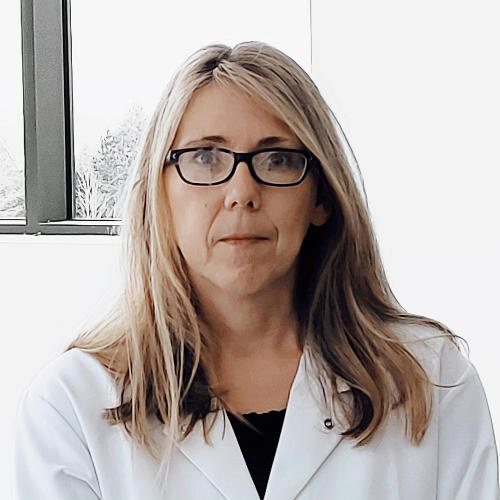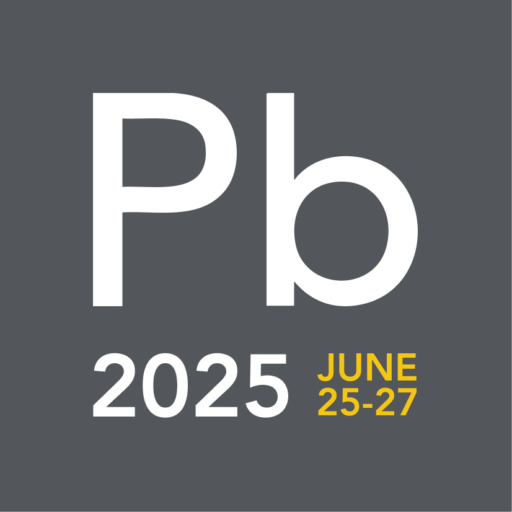Alternative biological monitoring approaches for determining lead exposure
Agenda for
25-27 June
2025

Workplace exposure to lead requires the collection of blood samples. The work described here investigates the use of quantitative dried blood spots to help simplify blood sample collection, making it more accessible and less of a burden for workers and companies. The usefulness of urine measurements for assessing exposure to lead in the workplace was also investigated.
Materials and methods
Following evaluation of several blood spot devices, the Captainer B (CAPITAINER AB, Solna, Sweden) was chosen. The sampling device collects two very small spots of blood (10 µL) which deposit on a small filter. The dried blood on the filters were then digested using the Multiwave 7000 microwave system (Anton Paar, St. Albans, UK) in low volumes of acid, and analysed by ICPMS (Thermo ICPMS RQ, Hemel Hempsted, UK). Stability studies have shown that there are good recoveries up to 6 months.
Results
The pilot study being undertaken is requesting venous blood, dried spot blood and urine samples from lead workers undergoing routine biological monitoring. On average there was a 15% failure rate with the depositing of the dried blood spots. The correlation of lead concentrations for venous and dried blood spot shows a correlation to date r=0.54 (n=32). The correlation of lead in urine with lead in venous blood show a better correlation of r=0.7 (n=80); this improves if only higher concentrations of lead are considered (>50 µg/L in blood).
Conclusion
Both urine samples and dried blood spots show potential for assessing exposure to lead in the workplace.
Acknowledgments: This research was funded by HSE’s Strategic Research Programme
Bio
Dr Jackie Morton is a principal scientist working at the HSE Science and Research Centre in the Biological Monitoring Team. She has wide experience and expertise in the biological monitoring of inorganic elements and their species using ICP-MS and LC-ICP-MS.
Jackie’s current research projects include analysing exhaled breath samples to determine workplace exposures to silica and metal particles and population exposures to metals and their species. Jackie also has significant experience in the determination of metals in a wide range of biological tissue samples as a means of assessing exposure.
Jackie is a member of several UK committees responsible for setting standards and managing proficiency testing schemes of clinical analysis carried out. Jackie also works on the organising committee for the UK Biennial Atomic Spectrometry Symposium (BNASS) and the RSC Atomic Spectroscopy Group.


